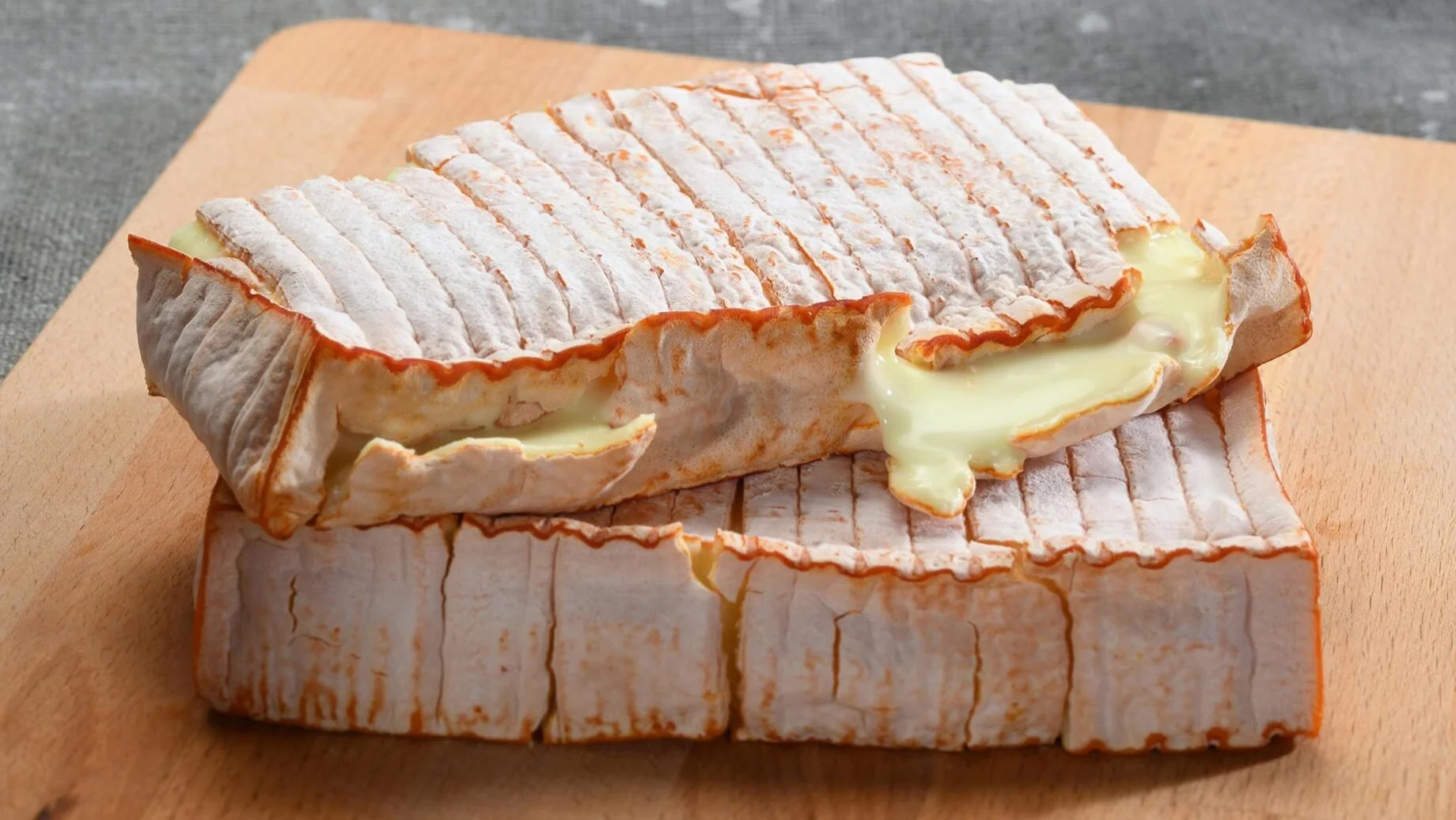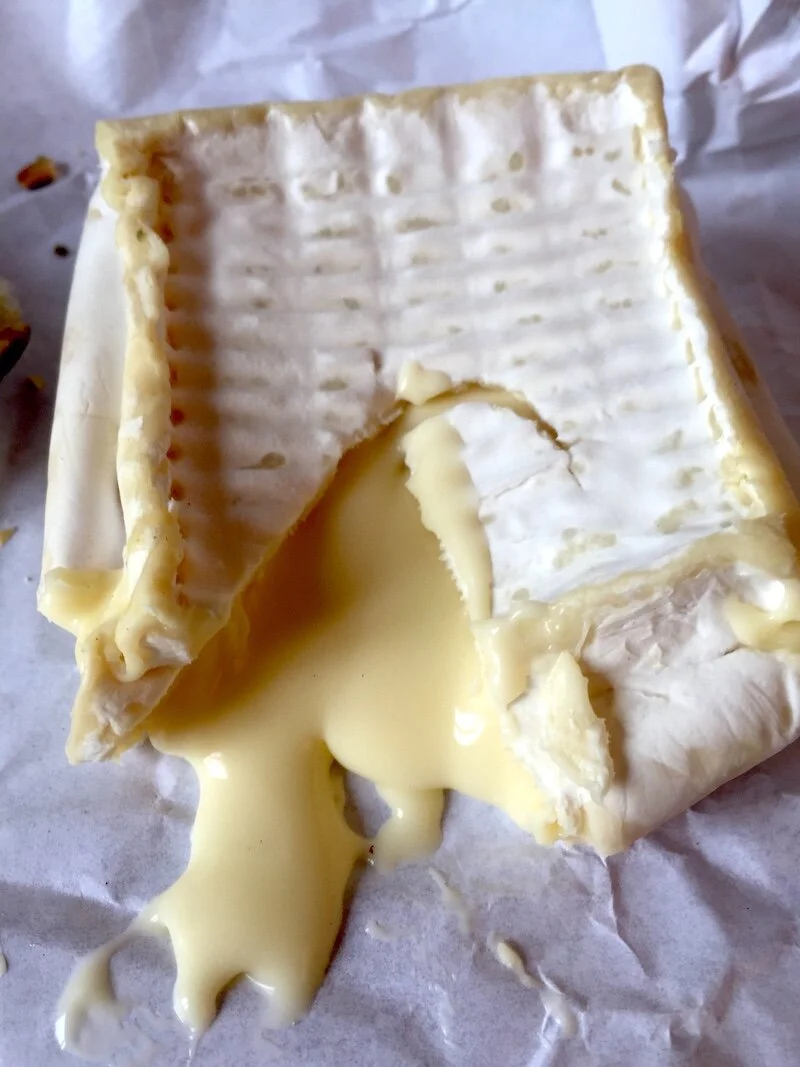Photo: consorciodequesos.com
World Cheese Encyclopaedia - Each Sunday learn all about a new cheese.
This week Casín from Spain.
Photo: Slow Food Foundation for Biodiversity
Country: Spain 🇪🇸
Region: Asturias
Made from: Cow’s milk
Pasteurised: No
Texture: Semi-firm
Taste: Dairy, acidic, peppery
Certification: DOP (Denominação de Origem Protegida)
Aging: 60 days
Casin cheese is a Spanish cow’s milk cheese made from full-fat, unpasteurized cows' milk from specific breeds, namely Asturian Mountain, Asturian Valley, Friesian and any crosses between these breeds. Its name is covered by a protected designation of origin (PDO).
The geographic area of manufacture is the southern part of Asturias which includes the Redes Natural Park and associated land, this is within the municipalities of Caso, Sobrescobio and Piloña. It takes its name from one of the breeds of cattle whose milk is used, in turn named after the town of Caso.
It is a semi-hard, high-fat, aged cheese made with whole, raw milk. It has a fat content of at least 45%. It is cylindrical and disk shaped, but sometimes more cone shaped. Each individual cheese weighs between 250 and 1000 g. It is straw yellow with whitish shades. Its aromatic profile is complex, intense, and rather pungent depending on the maturity.
Photo: consorciodequesos.com
To make the cheese, milk is heated to 35°C for the insertion of the rennet. The milk used must come from suppliers who are registered with the regulating council. The cows must have fed on local, natural foodstuffs. The milk is coagulated by using animal products, fermenting products are also used along with calcium chloride. The milk is then held for eight days inside the stomach of a pig, where it is left to coagulate and then it is left for a few days on a canvas cloth to release the whey. After having drained the whey, it is mixed and shaped with a tool called a gorollo and left to rest in a cool place for a few days. This process is repeated several times at an interval of once a week, each time adding new curds. The aging of the cheese is done in a well-ventilated area with a temperature of about 8°C and a humidity of 80% for about two months. Following tradition, the last step is done by hand: the marking on the top part of the cheese is made with a wooden stamp to imprint the mark of the artisan. The stamps generally have floral themes, the names of the producers or even geometric designs. Currently, there are only two producers operating in the area.
Photo: La Guita Manzanilla
The cheese is wrapped before sale to protect the surface of the cheese as all the cheese is normally eaten including the rind. It can be wrapped in paper, cardboard, wood or culinary grade plastic.
History
Queso Casin DOP is probably the oldest cheese to be documented in Asturias and, according to some, it is among the oldest in all of Spain. It has historically been found mentioned in many documents from the 14th century that reference the particular production method of kneaded curds.
How to Enjoy It
The flavor is persistent and has a lightly bitter aftertaste. It is often eaten on its own because of its strong flavor or as a dessert served with quince.
It pairs very well with light and fresh white and red wines, manzanilla wines of Andalucia and sweet wines made with Moscatel and Malvasia.
Sources: Slow Food Foundation for Biodiversity, Wikipedia, consocioquesos.com, La Guita Manzanilla
Looking for a different cheese? Search the whole cheese encyclopaedia here.





























